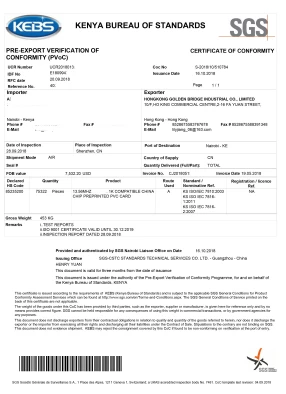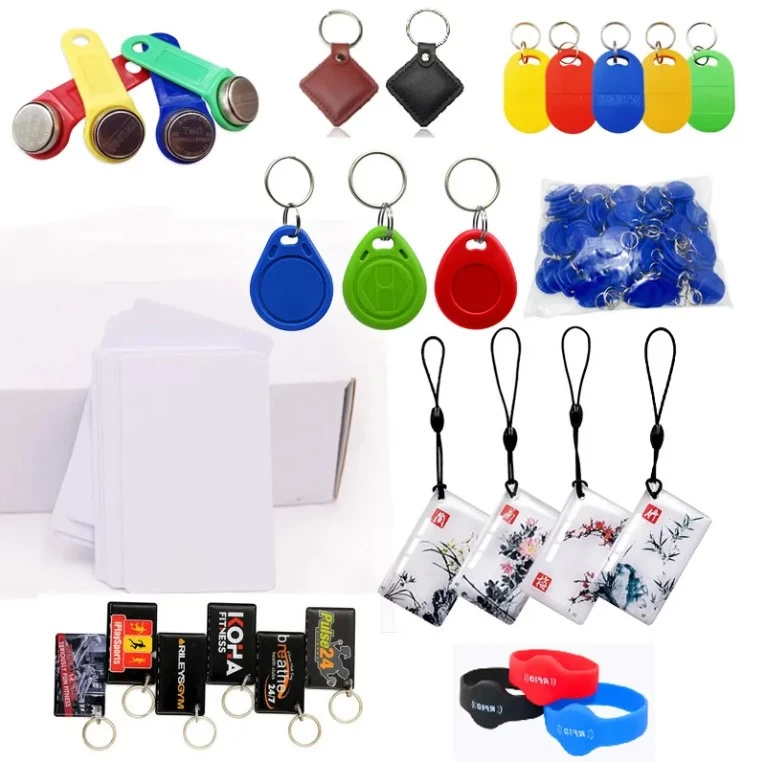Printable NFC Sticker Let Our Life More Easy

There is a new technology that has the potential to revolutionize the label and packaging industry. The actual amount of data varies depending on the type of NFC tag used – different tags have different memory capacities. A standard Ultralight nfc tag can store a URL of around 41 characters, whereas the newer ACM NTAG213 nfc tag can store a URL of around 132 characters. The easiest way at the moment is to use an NFC enabled mobile phone such as the Nexus S running Android or a newer BlackBerry or Nokia. Like the number of NFC enabled phones, the number of NFC Apps is growing quickly.
It’s the same technology but whereas we are talking here about using NFC to transfer a web address or simple data, NFC payments are a lot more complicated and involve a mobile wallet on your phone and all sorts of other things. While the momentum behind NFC is likely to be driven by mobile payments, the technology is capable of much more. We generally feel that QR Codes and NFC tags sit alongside each other and both have their advantages and disadvantages.
We think that the user experience with NFC tags is generally better and in the instances where the additional cost of using an NFC tag is less relevant to the overall cost (for example on a wristband, brochures or posters), it would be our preference. They get their power from just being near a powered NFC device, for example a mobile phone.
You can buy printable NFC sticker from any number of places on the internet – just do a Google search for printable NFC sticker! If you aren’t sure, then get started with a couple of the standard white sticker NFC tags and you’ll see what it’s all about. In order to power these NFC tags, electromagnetic induction is used to create a current in the passive device. This is why NFC devices can be used with existing contact-less technologies, such as card payment points.
Once the tag is powered up, it can sync up and send data over the 13.56MHz NFC transmission frequency at either 106, 212 or 424 Kbps, just like your regular NFC communication between phones or other larger devices. Although that may sound quite small, especially compared to your typical SD card, that’s enough data for some very simple pieces of information, such as a website URL, and is all you need for most basic NFC tags. NFC payment terminals are increasingly common, as consumers begin to make use of Android, Apple and Samsung Pay. With very simply circuitry and very few components, NFC tags can be produced on mass for very low unit costs.


























